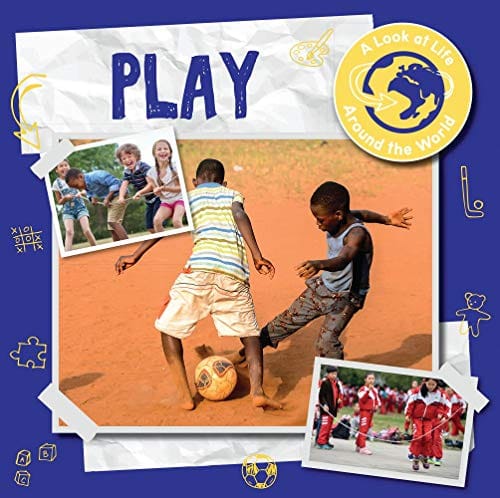Why Play Matters: Unlocking Joy, Learning and Well-Being at Every Age
Explore why play matters at every age and discover practical tips to add more fun, creativity and mental well-being to your everyday life.

What Is Play?
Play is any voluntary, intrinsically motivated activity that we engage in simply because it is enjoyable. It can be boisterous or quiet, solitary or social, physical or digital, spontaneous or carefully designed. Across cultures and eras, play has helped humans practice skills, build relationships and find meaning beyond basic survival. Modern research shows that this seemingly frivolous behavior is actually a sophisticated engine for learning and happiness.
The Science-Backed Benefits of Play
Play Fuels Cognitive Development
Neurologists have discovered that play lights up the brain’s prefrontal cortex, the region responsible for planning, decision-making and creative problem solving. When children build block towers or invent imaginary worlds, they experiment, analyze and iterate in ways that mirror the scientific method. Adults who engage in playful thinking—such as brainstorming with LEGO bricks or role-playing scenarios—often report more original ideas and better mental flexibility at work.
Play Strengthens Social Skills
Tag on the playground, cooperative board games and improv comedy all teach people how to read social cues, negotiate rules and resolve conflict. Because the stakes are low, mistakes become learning opportunities rather than failures. Studies show that preschoolers who frequently participate in free play demonstrate greater empathy and stronger communication skills later in life.
Play Supports Mental Health
Laughter, movement and imaginative engagement trigger the release of endorphins and reduce cortisol, our primary stress hormone. Whether it is a quick game of charades in the living room or a weekend soccer match with friends, playful activities act as natural mood elevators. Therapists now incorporate play into treatment plans for anxiety, PTSD and depression, proving that fun is a serious form of self-care.
Different Forms of Play Across the Lifespan
Imaginative Play in Childhood
For toddlers and young children, pretend play lays the foundation for language and narrative thinking. When a couch turns into a pirate ship or a spoon becomes a microphone, kids practice symbolic representation, a critical skill for reading and mathematics. Parents can nurture this by offering open-ended toys—scarves, boxes, costume pieces—rather than scripted gadgets.
Active Play for Teens
Adolescents crave identity exploration and peer connection, both of which flourish in sports, dance and outdoor adventures. Physical play releases built-up energy, improves sleep patterns and buffers against the academic pressures common in middle and high school. Encouraging teenagers to join community leagues or hike local trails keeps healthy risk-taking on the field rather than online.
Recreational Play for Adults
Once the responsibilities of work, bills and parenting pile up, adults often relegate play to the sidelines. Yet surveys reveal that people who schedule regular hobbies—whether it’s pickleball, cosplay conventions or tabletop gaming—report higher life satisfaction and relational intimacy. Shared laughter fosters romantic and platonic bonds, while skill-based play like woodworking or gardening creates a gratifying sense of mastery.
Digital Play: Friend or Foe?
Video games, virtual reality and mobile apps have expanded the playground to every pocket. Critics worry about screen addiction, but research indicates that moderate, mindful digital play can improve spatial reasoning, teamwork and even pain management. Cooperative online games teach coordination and strategy; fitness apps gamify exercise; virtual reality lets hospitalized kids explore outer space. The key is balance: set time limits, choose age-appropriate content and pair digital play with offline movement.
How to Incorporate More Play into Your Day
1. Schedule “recess” breaks: a ten-minute dance party between Zoom meetings boosts energy and creativity.
2. Keep playful tools visible: leave a frisbee by the door, a sketch pad on the coffee table or a puzzle app on your phone’s home screen.
3. Gamify chores: race a roommate to fold laundry or set a timer to beat your previous cleaning record.
4. Say “yes, and…”: borrow from improv by building on others’ ideas instead of dismissing them.
5. Explore with a beginner’s mind: take a new route to work, taste an unfamiliar cuisine or learn to juggle. The act of experimenting is itself a form of play.
Conclusion: Make Room for Play
Play is not a luxury reserved for recess or retirement; it is the biological language of growth and connection. By weaving playful moments into daily routines, we sharpen our minds, strengthen our bodies and nourish our spirits. Whether you toss a ball with your dog, paint miniatures with friends or explore a fantasy realm online, give yourself permission to play. Your brain, relationships and overall well-being will thank you.



